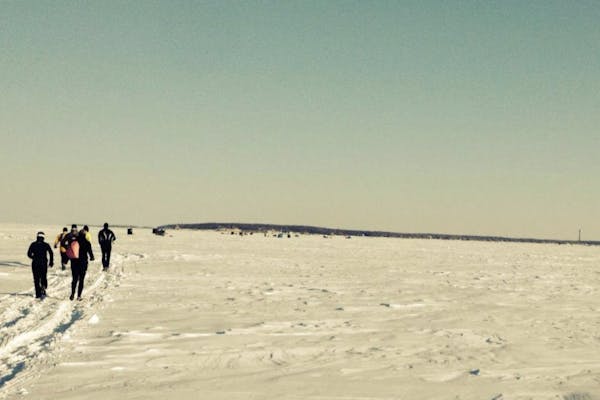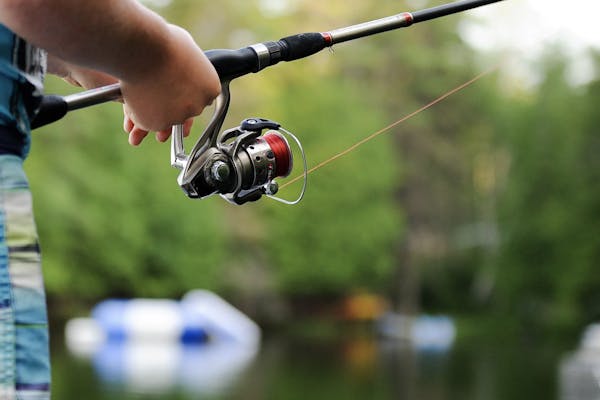Sea Lampreys Escalate in Lake Erie
These "vampire fish" used to suck the life out of the Great Lakes and, now, are once again on the rise.

For more than a century, sea lampreys have been a problem in Lake Erie and the rest of the Great Lakes. And although their population is nowhere near the level it was in the 1950s, their numbers have been on the rise over the past couple years.
“We’ve seen some population increases — not to historic levels — because during the pandemic, we weren’t able to execute our full control program,” says Greg McClinchey, legislative affairs and policy director for the Great Lakes Fishery Commission, an organization based in Ann Arbor, Michigan, that covers Ontario and the eight U.S. states that border the Great Lakes.
The 2022 population count in Lake Erie was around 7,200, which may not seem like much, but McClinchey notes that each adult lamprey can consume about 40 pounds of fish in its lifetime. “Economically, they take a toll on our system,” he adds.
In their heyday in the 1950s, McClinchey says, sea lampreys were taking 10 times as much fish out of the lake as human anglers were. Lamprey were particularly prevalent in Lake Erie, which is the shallowest — and thus, the warmest — Great Lake, with the most substantial biomass.
“One species of cisco went extinct,” he says. “Almost every species in the Great Lakes found itself in peril.”
Lampreys are native to the Atlantic Ocean, where they attack plenty of fish, but typically don’t kill them. Niagara Falls served as a natural barrier, but improvements to the Welland Canal in the early 1900s allowed the predators access to the Great Lakes. Lampreys were in Lake Erie by 1921 — and thriving thanks to the abundance of fish and lack of predators. (Human bites are rare, thankfully.)
In the 1960s, scientists discovered a compound that is fatal to lamprey. The lampricide is put into the streams feeding into the lake where eggs hatch into larvae. (The larval stage for lampreys is about two to three years, which they spend in those same streams. They then grow into adulthood and move into the lake, where they live and eat fish for another two years or so. Then they return to the streams to spawn and then die.)
“We deploy it into the waterways at certain intervals because we want to use as little as possible,” McClinchey says. “There are native lampreys in the Great Lakes that do some good.”
The commission regularly treats various rivers and waterways, and must stay vigilant, McClinchey says.
“They really are a coiled menace,” he says. “You take your foot off them and they rebound fast.”
Stay on top of everything Lake Erie has to offer — all year long — by subscribing to our free The Splash newsletter. It’s your guide to the best food, drinks, parks, beaches, shopping, festivals, music and more. Click here to subscribe.
Story:
Vince Guerrieri
2023 July/August






